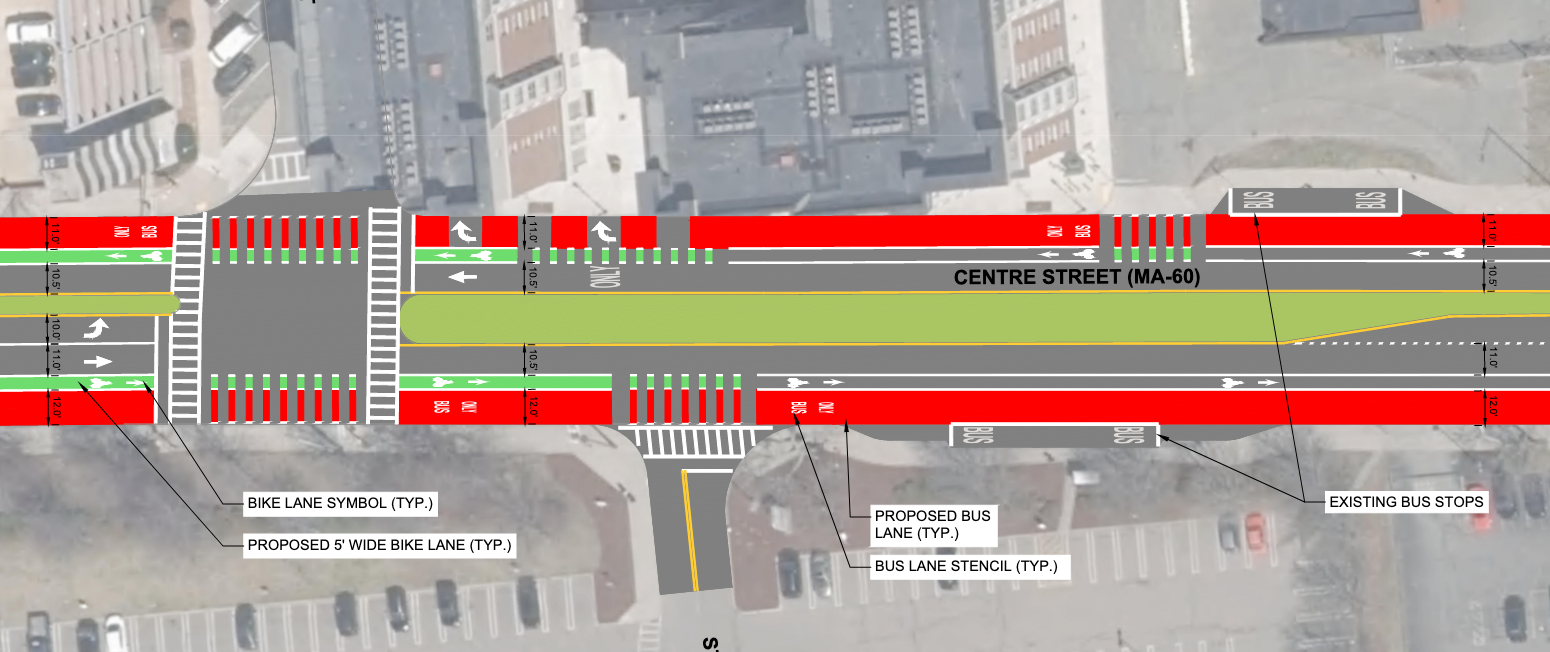JeffDowntown
Senior Member
- Joined
- May 28, 2007
- Messages
- 4,795
- Reaction score
- 3,662
This is a case where the project agency should be held responsible to recruit a representative sample of the population affected for these meetings. It cannot be just whoever shows up. This is horrible research practice.If any more transportation projects are to be built, including this one, then this dysfunctional process of one or two special interest groups holding up entire projects has got to end. We've gone from the one extreme in the 1950s wherein virtually no public input was solicitated at all, and the government just bulldozed whatever and wherever it wanted (for highways, urban renewal, etc.), to what we have now wherein just a few vocal people can stop a project dead in its tracks, a project that would have benefitted the greater good..
If you were a commercial company doing market testing, you never let a few vocal people dominate your research.


